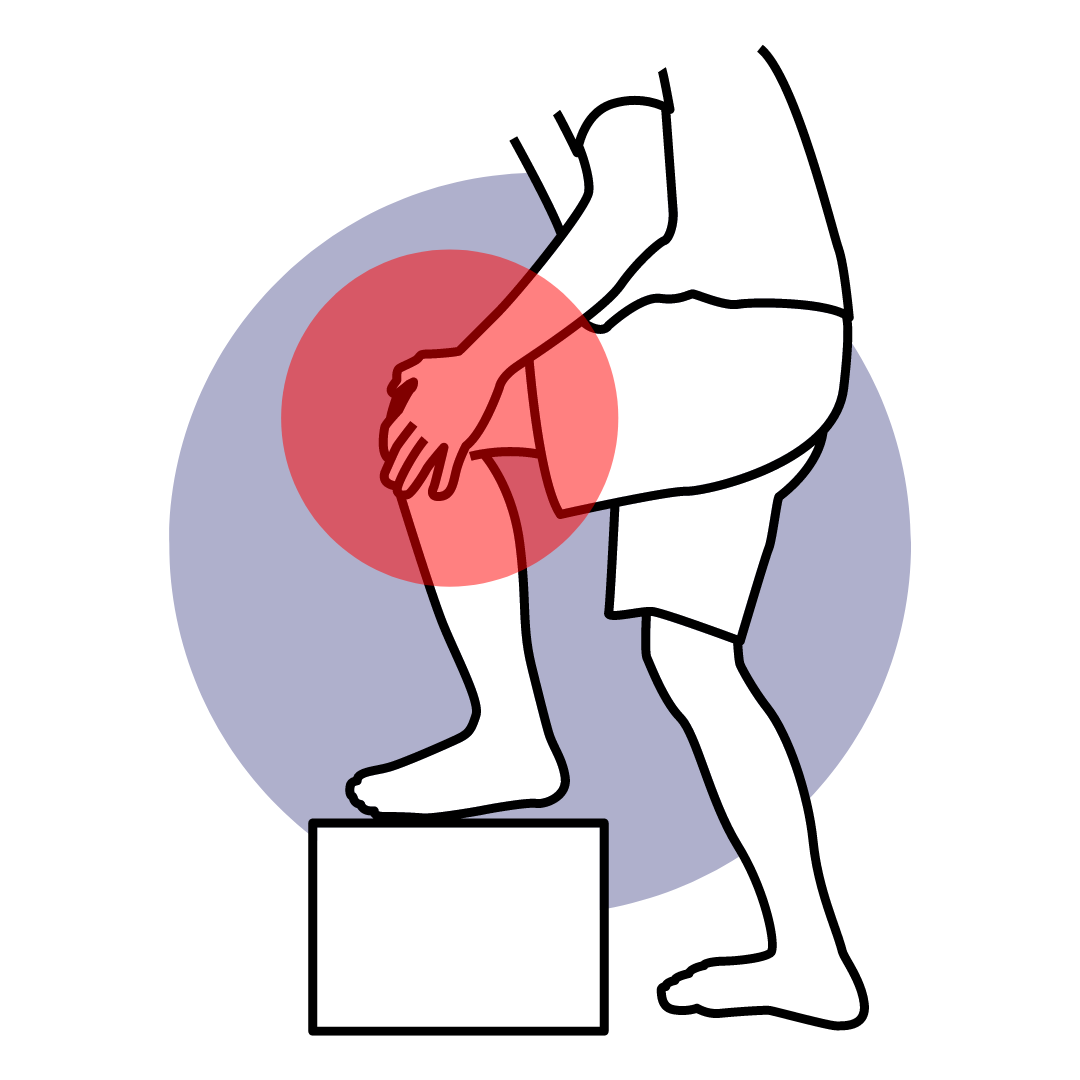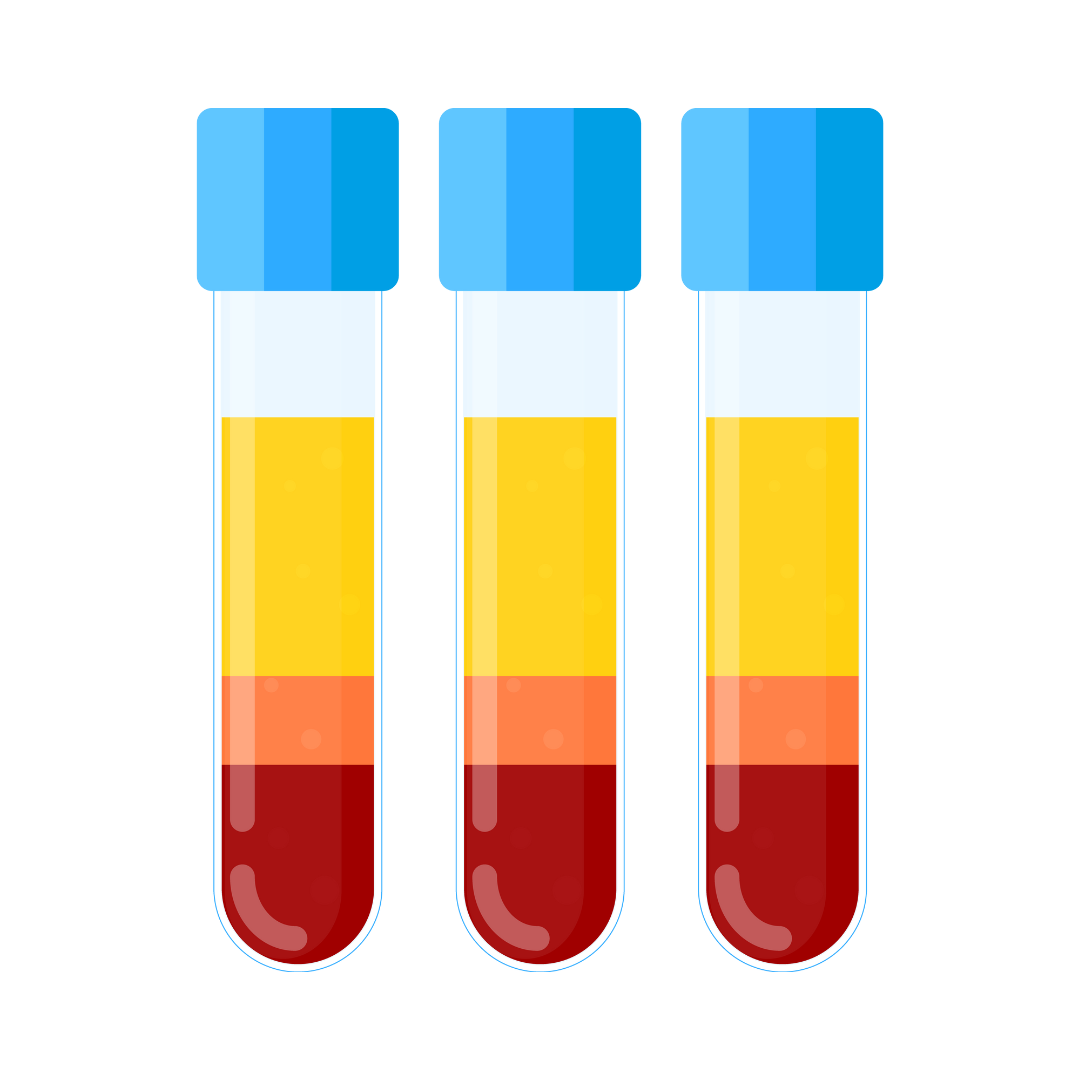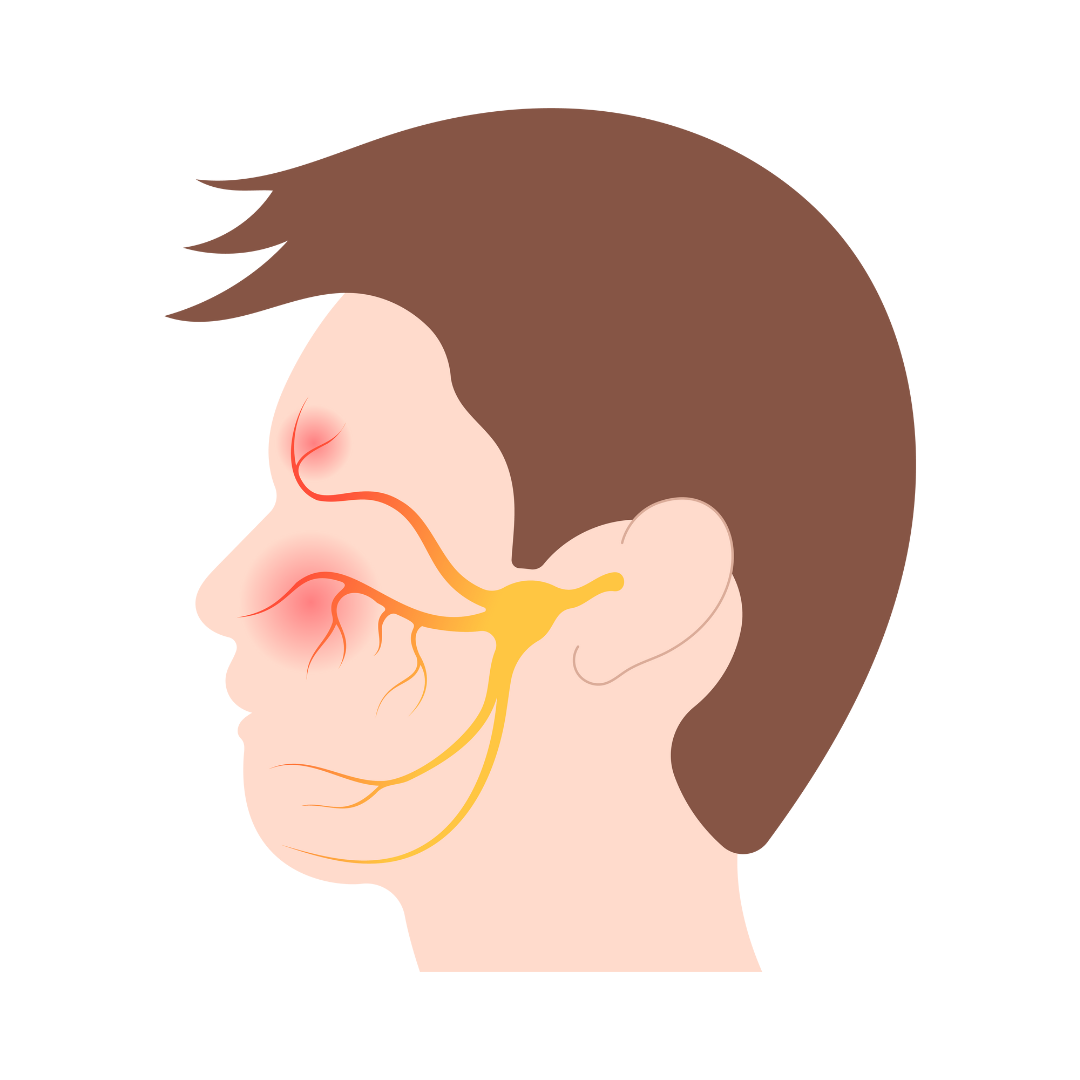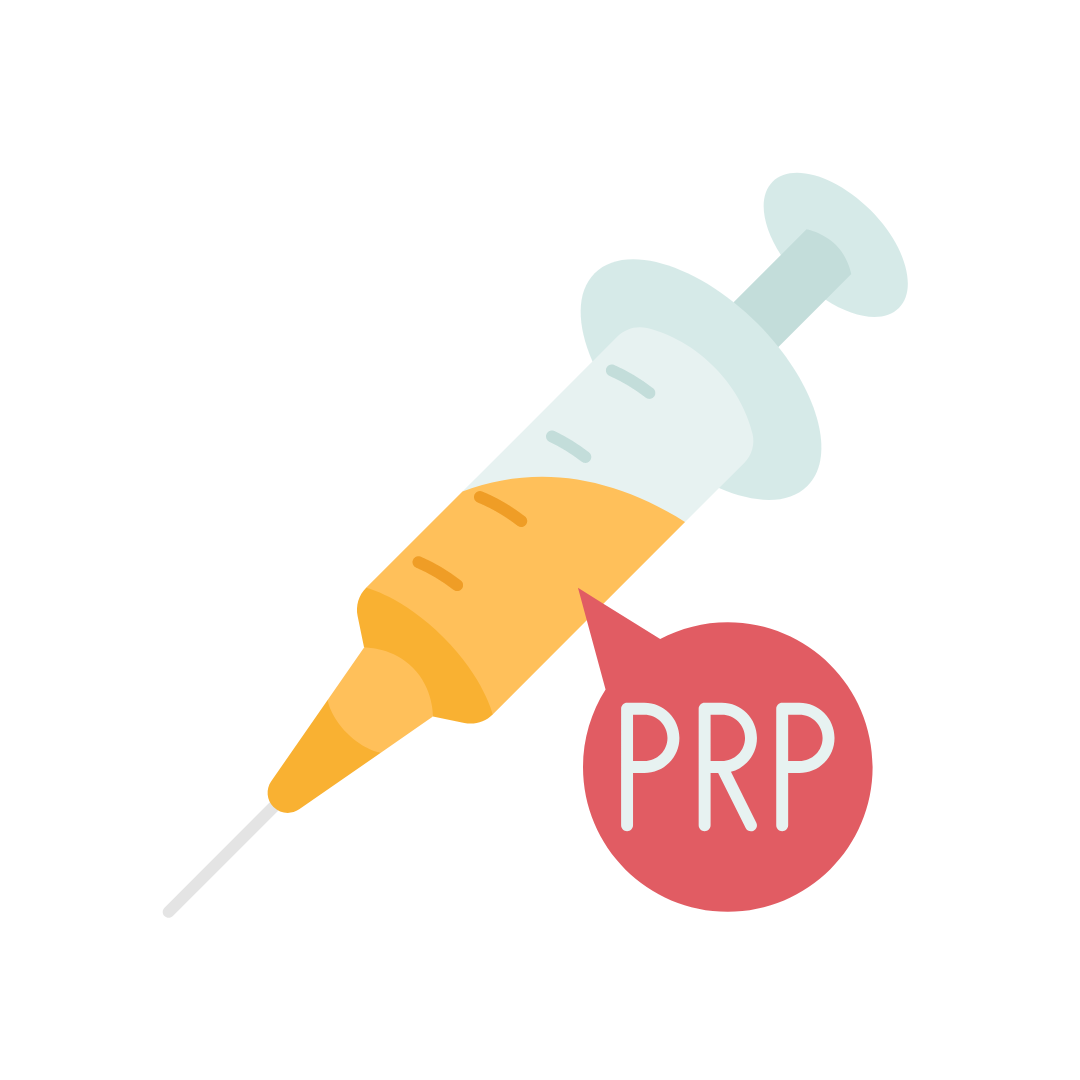Blog

Platelet-Rich Plasma Has Better Results for Long-term Functional Improvement and Pain Relief for Lateral Epicondylitis
A recent study compared two treatments for tennis elbow, a painful condition affecting the arm: platelet-rich plasma (PRP) and corticosteroid injections. The study looked at data from 11 different research papers involving 730 patients. The findings showed that corticosteroids initially provided faster pain relief and improved function within the first two months. However, in the long term (after six months), PRP was more effective in reducing pain and enhancing arm, shoulder, and hand function. For the period between two to six months, there wasn't a significant difference in pain reduction between the two treatments. In conclusion, while both treatments have their benefits, PRP seems to be the better option for long-term management of tennis elbow. This suggests that doctors should consider PRP injections as a preferred choice when planning treatment for patients with this condition.
Read More
Comparison of Conventional Dose Versus Superdose Platelet-Rich Plasma for Knee Osteoarthritis
The article presents the findings of a study comparing two different doses of platelet-rich plasma (PRP) injections for treating early knee osteoarthritis (OA). In the study, one group of patients received a standard 4 mL PRP injection (group A), while another group received a higher 8 mL injection (group B). Both groups showed significant improvement in their knee OA symptoms, but those who received the higher dose (group B) reported better results and higher satisfaction. However, it's worth noting that group B also experienced more short-term complications like pain and stiffness. The study suggests that increasing the dose of PRP can improve treatment effectiveness, but it may also lead to more immediate discomfort. The authors propose that achieving the same increase in total platelets by increasing concentration rather than volume might offer similar benefits seen in group B without the associated increase in complications. This approach could potentially optimize PRP therapy for knee OA, enhancing its effectiveness while minimizing short-term discomfort. Further research is needed to explore this possibility fully.
Read More
Comparing Platelet-Rich Plasma Injections for Chronic Back Pain Relief
Chronic back pain affects millions of people worldwide, leading to disability and decreased quality of life. Traditional treatments have limitations, prompting the exploration of alternative therapies like platelet-rich plasma (PRP) injections. PRP, derived from a patient's blood, is thought to promote tissue repair and reduce inflammation. To assess its effectiveness, researchers analyzed several studies comparing PRP injections to other treatments like corticosteroids and radiofrequency therapy. Findings revealed that corticosteroids provided short-term relief after 4 weeks, while PRP and radiofrequency therapy showed sustained benefits over 3 to 6 months. PRP injections, in particular, demonstrated long-lasting improvements in disability indices, suggesting potential as a viable treatment option for chronic back pain. This study highlights the promising role of PRP injections in managing chronic back pain and underscores the need for further research to confirm its benefits and establish standardized treatment protocols.
Read More
Signal of Benefit for Stem Cell Therapy in Progressive MS
A recent study presented at a medical conference has shown promising results for using stem cell therapy to treat progressive multiple sclerosis (MS). Progressive multiple sclerosis (MS) is a form of MS characterized by a gradual worsening of neurological function over time. Progressive MS involves a steady progression of disability without significant periods of improvement. The study involved injecting patients with their own bone marrow-derived stem cells, which led to improvements in symptoms and disease progression. Importantly, the treatment was found to be safe and well-tolerated, with no serious side effects reported. These findings offer hope for individuals living with progressive MS, although more research is needed to fully understand the benefits and mechanisms of this treatment approach.
Read More
Platelet-Rich Plasma Versus Hyaluronic Acid for Knee Osteoarthritis: A Systematic Review
The study compared two types of injections, platelet-rich plasma (PRP) and hyaluronic acid (HA), as treatments for knee osteoarthritis (OA). After analyzing data from many studies involving over 1,600 patients, the researchers found that PRP injections generally led to better outcomes for patients with knee OA compared to HA injections. Patients who received PRP reported less pain and improved knee function compared to those who received HA injections. Interestingly, PRP injections with fewer white blood cells (leukocyte-poor PRP) were found to be more effective than those with more white blood cells (leukocyte-rich PRP). This study suggests that PRP injections may be a promising treatment option for knee osteoarthritis, offering hope for improved symptom relief and better quality of life for patients suffering from this condition. However, more research is needed to confirm these findings and further understand the effectiveness of different types of PRP injections.
Read More